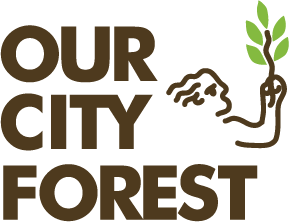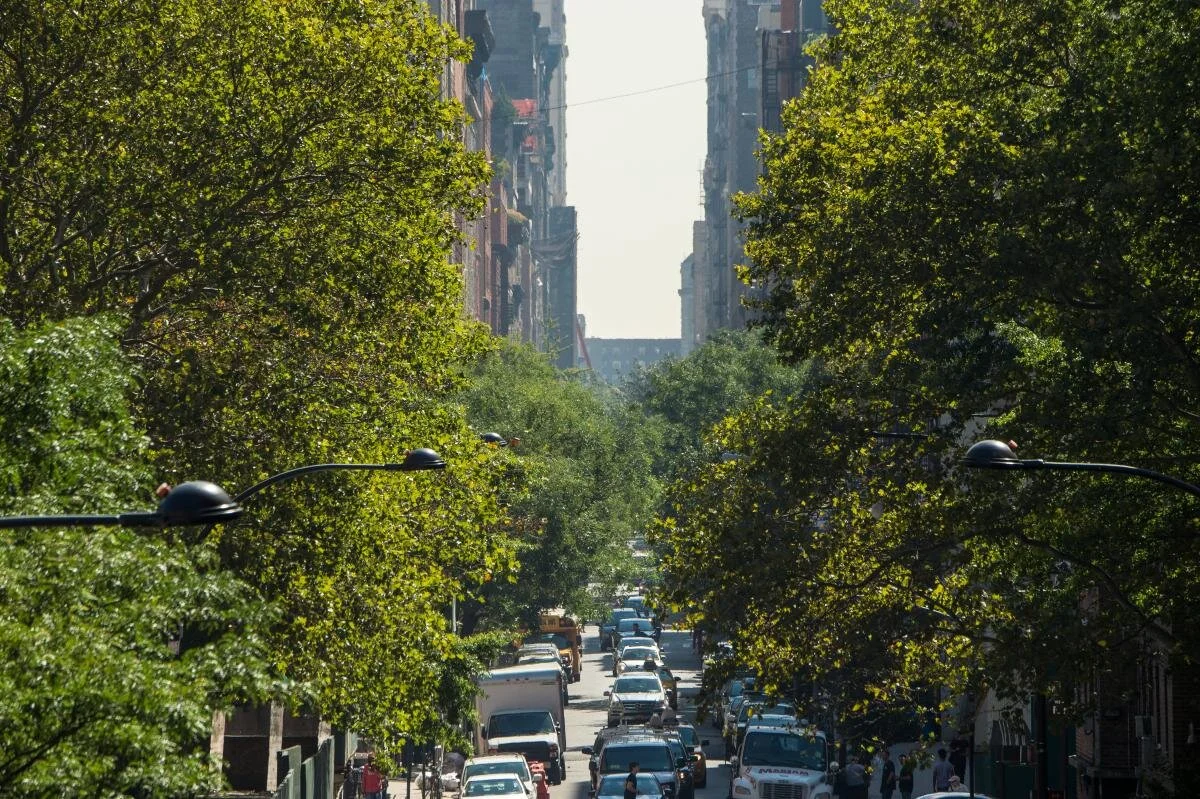“It does not matter if the agent of those forces is white or black - what matters is our condition, what matters is the system that makes your body breakable.”
Difficult truths will crash upon you as you read Between the World and Me. Ta-Nehisi Coates wrote this novel as a letter to his son. Follow along in American history with Coates as he grows up in West Baltimore, attends college in Washington D.C., and has a child in New York. He paints a picture of his youth that is vivid and reveals some of the facets of growing up in this environment. He points out to his son the reality of school, his neighborhood, the streets, and his experience within them. Throughout the novel, Coates relates his experiences with the fact that black people in America lack the autonomy of their own bodies, a privilege many take for granted. He relates the disturbances in the community, his brawls, the culture of the streets, to his and other black peoples’ loss of control of their own bodies. Coates uses his experience to guide both readers of color and white readers into his reality. He is introspective and not pretentious as he carries the reader through his childhood and young adulthood.
Ta-Nehisi Coates, American author and journalist
The book begins with his own son’s anguish, pain caused by the outcome of the shooting of Tamir Rice. A 12-year-old boy whose body was stolen for carrying a toy gun in Cleveland, OH in 2014. Coates’ son at this point in time is also 12. Rice’s killers were not indicted. This is the same year as the murder of Eric Garner, Tanisha Anderson, and Michael Brown (among many others), and less than 2 years after the murder of Treyvon Martin, another teenage black boy. His son grew up seeing this injustice, and Coates makes a point to connect these tragedies with the history of America and the systematic processes of racism that he himself has experienced. He connects these feelings with his own experiences growing up in Baltimore.
As Coates becomes a young man, he reflects to his son his own emotions about these systems and how his mindset has evolved to address these challenges. Coates attended Howard University. He calls it ‘The Mecca’ in the book as a place of knowledge and mental expansion. He talks about the women he met there, the friends he made, and the overall atmosphere of the campus. He also talks about leaving this bubble and his experiences in Northern Virginia.
Howard University - A federally chartered, historically Black University in Washington D.C.
Like his son, Coates experienced the agony and confusion of the murder of his friend, Prince Jones in 2000. Jones was shot in the back 5 times by an out-of-uniform officer in Fairfax County. The officer had followed him from Prince George’s County. Neither county prosecuted the officer who later claimed a case of mistaken identity as the reason he ended Prince Jones’s life. Coates elaborates on Jone’s death and connects it with the community, families, and perspective of black bodies being taken without consequence. Coates illuminates hard to digest truths about American history. Affluent people, especially white people, have profited from the treatment of black people since the slavery era. This abuse has continued into the present-day systems. Coates emphasizes that the Dream, his own version of the American Dream, does not exist without racist injustice, as material prosperity here in America is inevitably tied to the exploitation of black bodies.
“To be black in the Baltimore of my youth was to be naked before the elements of the world, before all the guns, fists, knives, crack, rape, and disease. The nakedness is not an error, nor pathology. The nakedness is the correct and intended result of policy, the predictable upshot of people forced for centuries to live under fear.”
This is a book about American history. A touching and thought-provoking experience as every parent can attest to the love and best wishes for their own children. “Black people love their children with a kind of obsession. You are all we have, and you come to us endangered.” He wants his son to embrace the fears and realities of modern America. His son cannot forget the tragedy of the black experience which will allow him to remember and respect the past as to not drown within the Dream, a whitewashed experience of American culture. He, like all parents, wants to see a life for their child which is better than that of their own.
Take your time reading this novel. While the vocabulary is not advanced, the message is introspective and requires time to reflect. White readers may feel uncomfortable, but just as edge zones of ecosystems host the widest variety of biodiversity and growth, so too do our ‘edge zones’ provide an environment to learn and grow. As a white reader, I took 10 pages in, then 2 minutes to reflect. It took me a while to actually get through the book. But this is a book that deserves your time. After its publication in 2015, the message of this book was seemingly ignored with the continuation of the disregard for black bodies. George Floyd, Breonna Taylor, Antwon Rose Jr. (and many more), have all died at the hands of police in just this year alone. We can’t have an equitable system if we continue to disregard black bodies. Embracing diverse communities helps not only society but our environment. From Flint, MI to Cancer Alley, LA we can see the connections between the disregard for black bodies and the environment. We cannot leave behind neighborhoods and marginalized community members as we ‘Green Silicon Valley’. Read this book, reflect, discuss it with friends and family.










